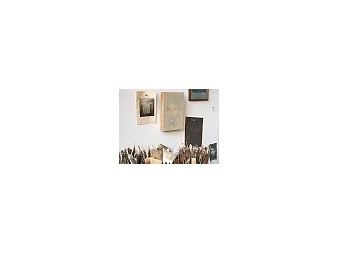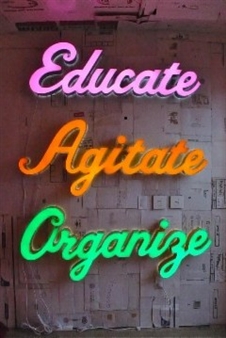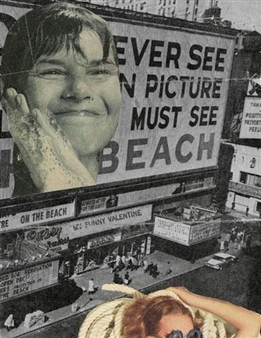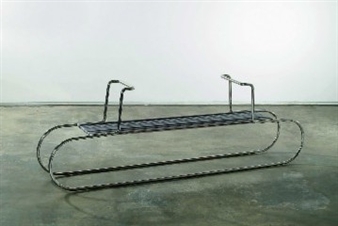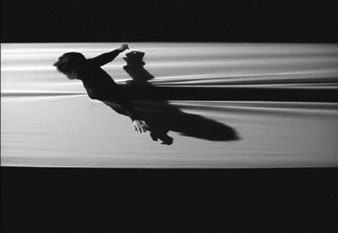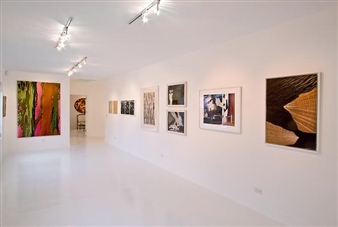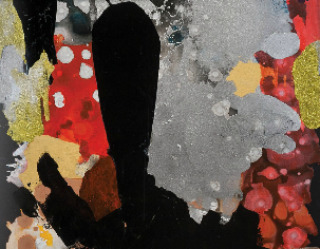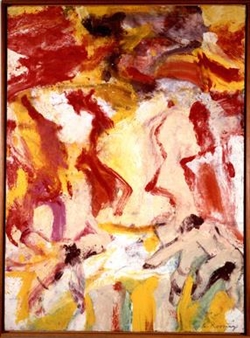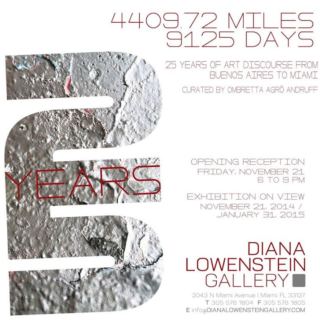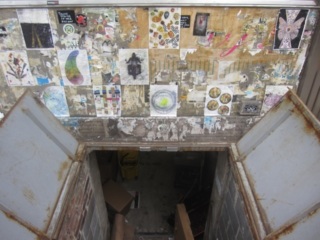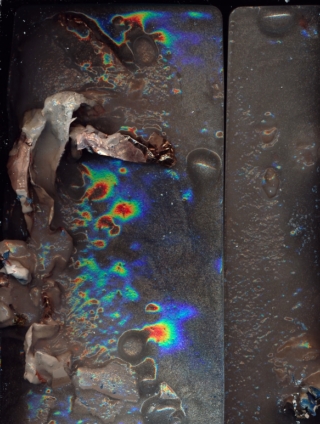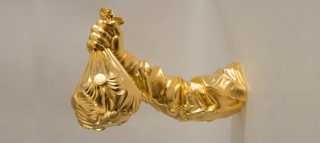Painting on Canvas
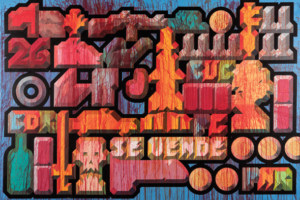
Juan Ruiz Gallery, Florida, Miami, 10/16/2014 - 11/22/2014
301 NW 28th Street
Painting on Canvas is Cuban artist’s Glexis Novoa’s first solo exhibition at Juan Ruiz Gallery, specifically noteworthy for the following two aspects: the artist's revisiting of an early period interrupted by exile in the mid 1990s and the context in which the work was created, Havana, where the artist recently set up a studio after a twenty-year hiatus. Novoa’s return to the formal qualities of the Etapa Práctica [the Practical Stage] and to the specificity of the Cuban context reveals poignant aspects of contemporary Cuban art today and the artist’s place in it.
Glexis Novoa has been a pioneering figure in contemporary Cuban art since the late 1980s. He belongs to the younger generation of artists, who along with the group Volumen Uno that preceded them, organized groundbreaking exhibitions that challenged the status quo of Cuban cultural politics. At times referred to as “the children of the revolution” for having been the first generation to grow up under Fidel Castro’s socialist government, Novoa and his contemporaries ushered in contemporary art practices that drew from international trends such as conceptual art, pop and kitsch aesthetics. While committed to art’s potential as an agent for social change, Novoa was a leading figure in employing performative and interventionist strategies that with cunning satire further contested the strictures imposed by communist ideologies on the role of art in society. In his personal work, he created an artistic persona and planned the development of two bodies of work: Etapa Romántica (mid 1980s) and Etapa Práctica (late 1980s to early 1990s), which follows the artist’s transition from one who intentionally creates “bad” works of art – poorly executed and lacking any formal decorum – to a practical period in which the artist then purposefully displays his technical dexterity and commercial savvy. Through large-scale ambitious installations and paintings that were masterfully executed in the style of Expressionism and Constructivism, Novoa populated his work with Soviet-style symbols imbued with the visual grandiosity of political ideology. Yet, upon closer inspection the signs and abstract forms that occupied his paintings were empty of any meaning. By co-opting a formal language at once familiar and attractive to local and international audiences, Novoa guaranteed his place in the then burgeoning art market for contemporary Cuban art, while making a subversive, cunning commentary on the communist ideology rendered vacuous and bankrupt at the close of the Cold War.
Painting on Canvas draws heavily on the abstract expressionist style of this period. Here, Novoa abandoned the meticulously rendered imagined urbanscapes in graphite on marble and drywall, often as site-specific installations, for which he has become known since permanently settling in Miami. In the new work, solid blocks of Brutalist-like forms depict symbols that address the specificity of a post-Soviet Cuba, yet the bold abstraction of structures in other paintings evidence the influence of more universal and metaphysical concerns. Each creates a subtle yet poignant commentary, literally layered with paint and figuratively with meaning, about socio-cultural, political and economic realities rooted both in the contradictory realities of the new Cuban context and the plurality of his personal and cultural identities. Novoa’s acts of return also reveal the complexities inherent in the production and consumption of contemporary Cuban art. Like in Etapa Práctica, he plays into mechanisms of power; this time of art market demands that privilege the legitimacy of Cuban art as contingent upon place (Cuba), eschewing broader diasporic productions and transnational relations. Novoa both reinforces and challenges those biases. His new work and his place in the broader narrative of contemporary art ultimately reveal the inherent tensions and inevitable interconnectedness between the local and global in today’s cultural production, as well as, the de-territorialization of nation and diaspora.
Image featured above: Glexis Novoa, Se Vende, 2014. Acrylic on canvas, 200 x 300 cm. Photo: Mariano Costa-Peuser.
For More Information
